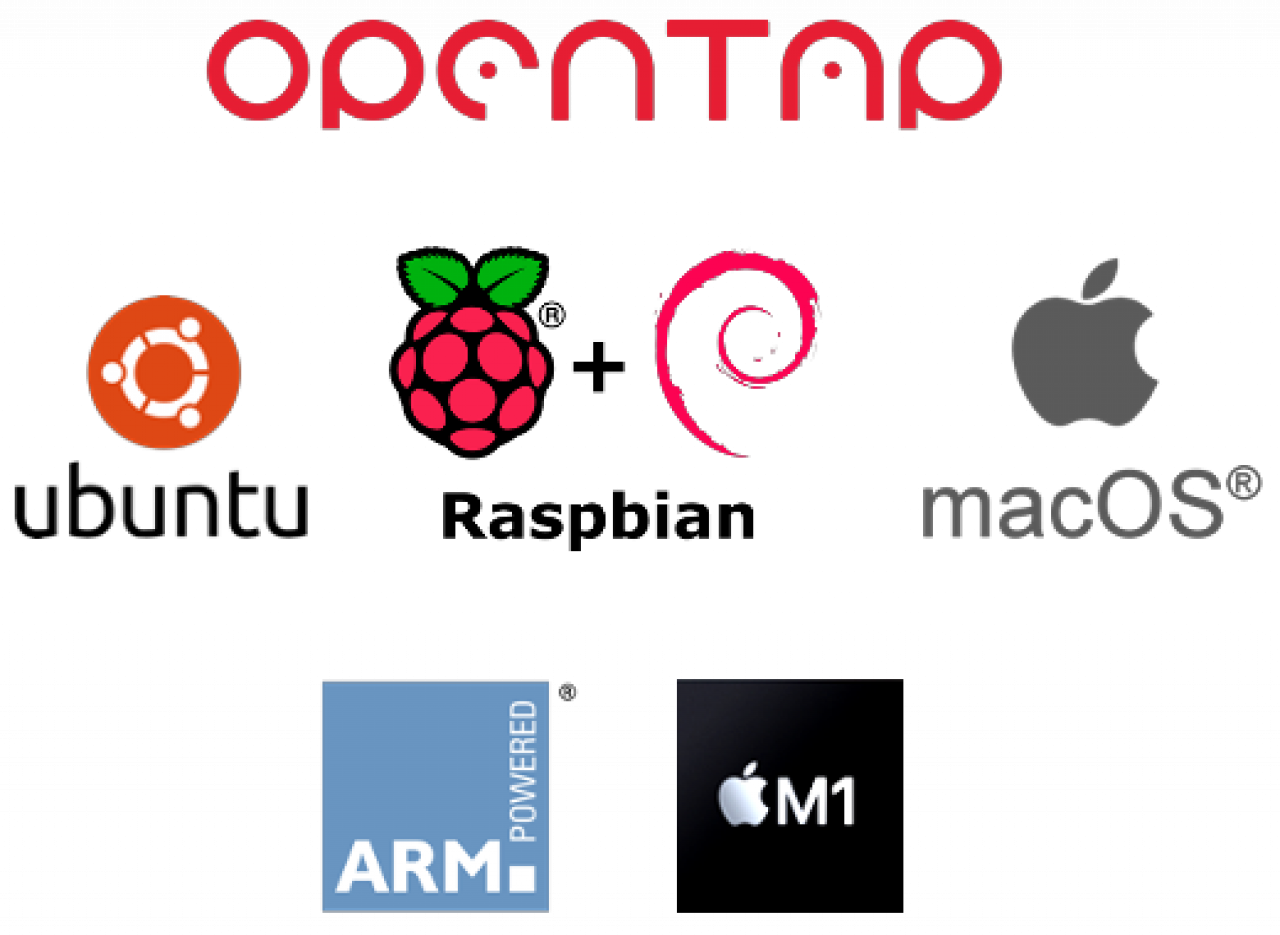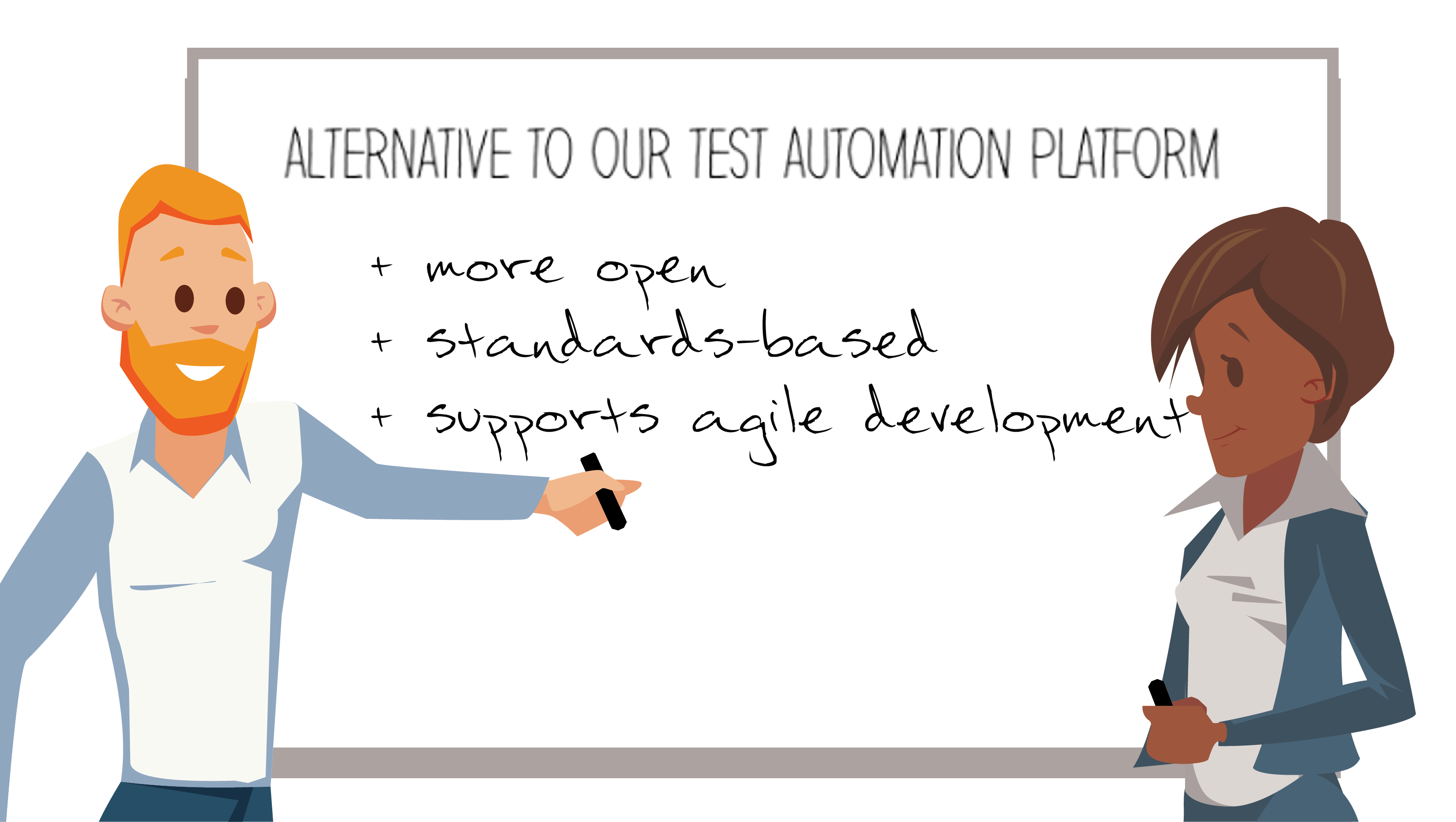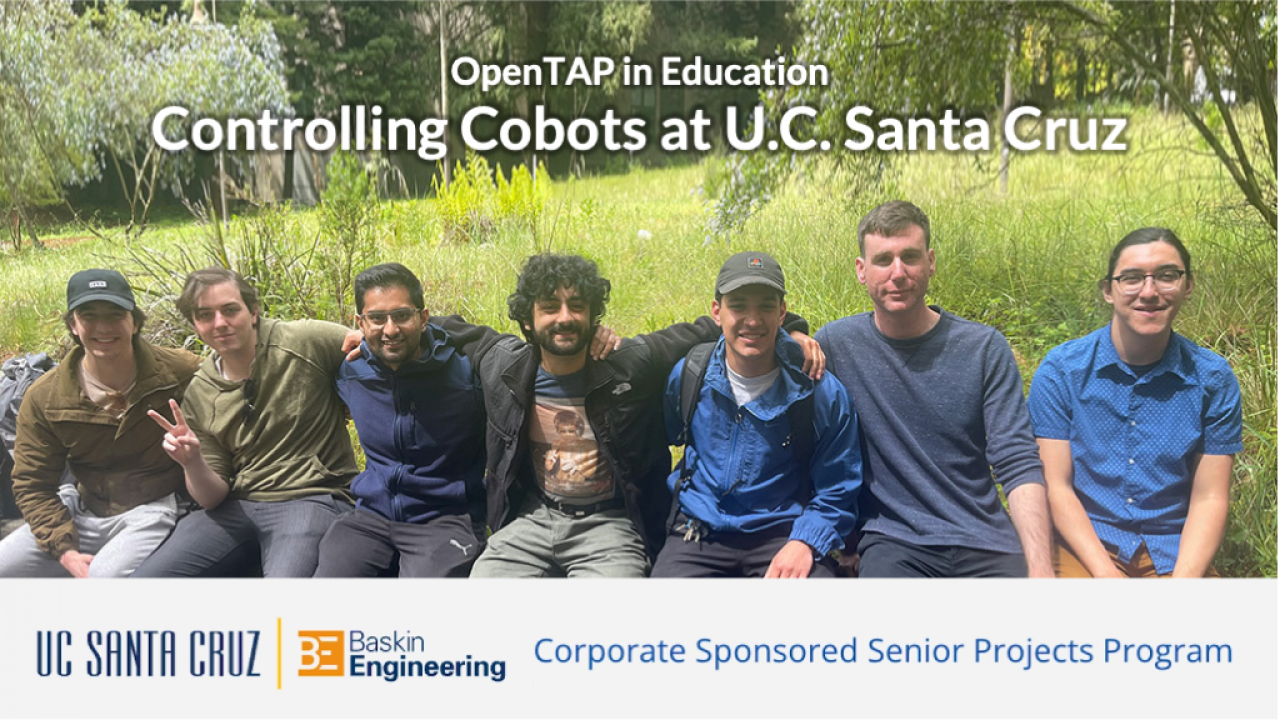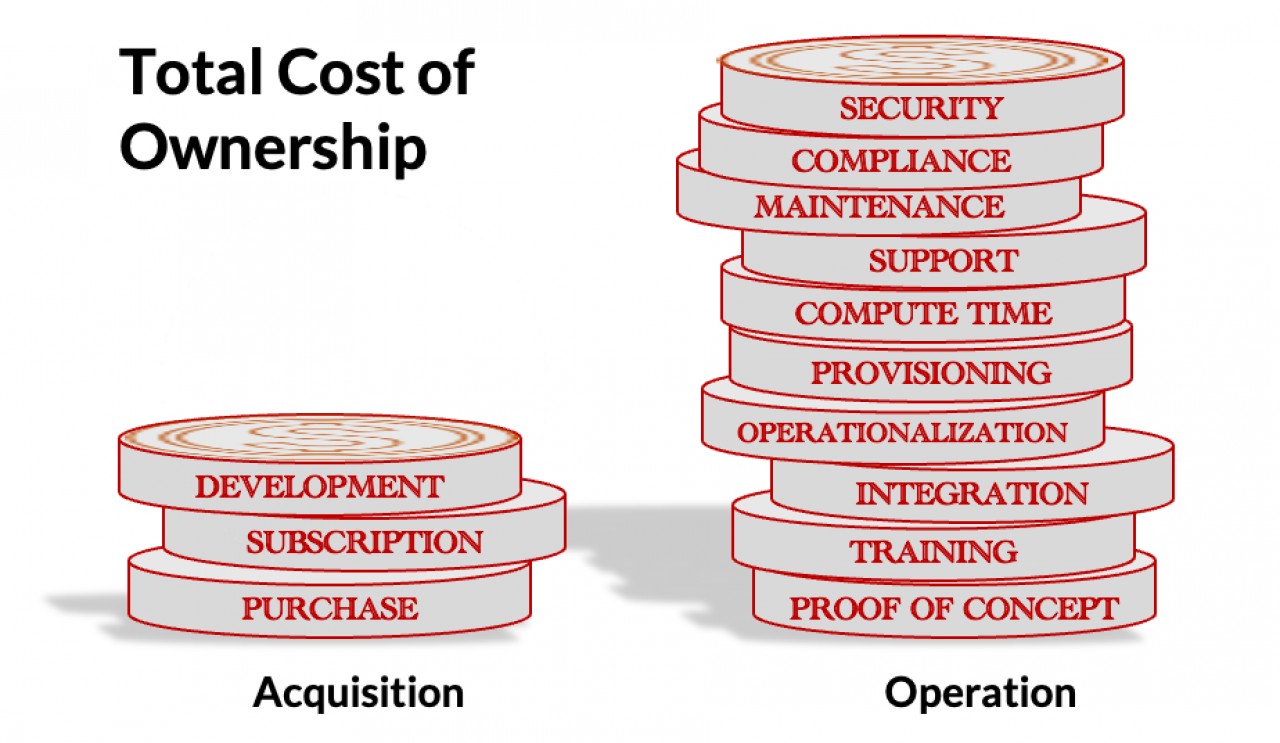
This blog demonstrates how hosting the OpenTAP test automation engine itself on ARM-based systems is a relatively straightforward task. Since OpenTAP is built with .NET, it enjoys the hardware abstraction provided by the Microsoft application framework, with very few hardware-specific dependencies or idiosyncrasies. As examples, the blog shows how to target an Apple M1 host running Ubuntu Linux, an ARM64-based Raspberry Pi system, and an M1 Pro-based MacBook Pro running MacOS.











